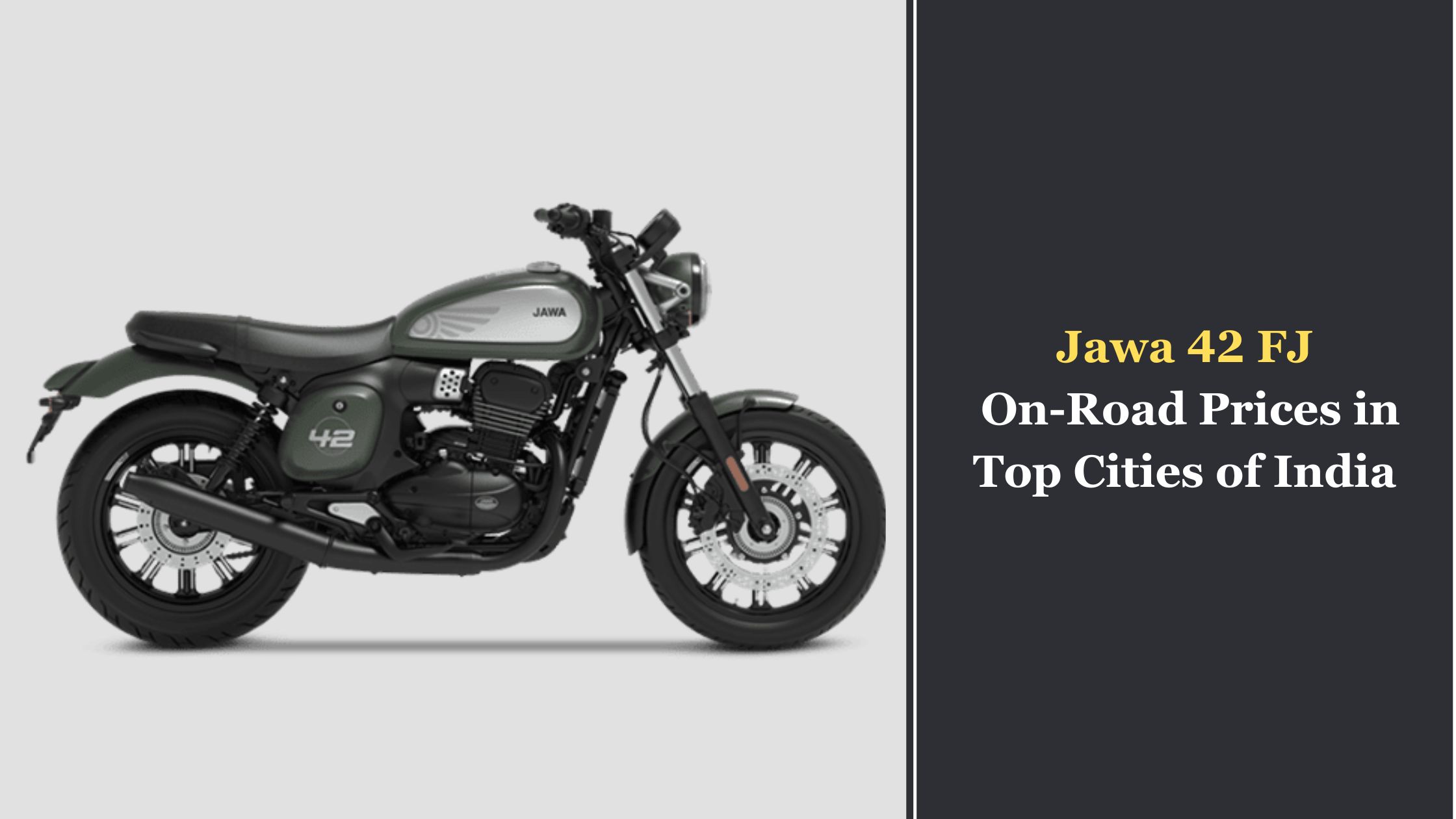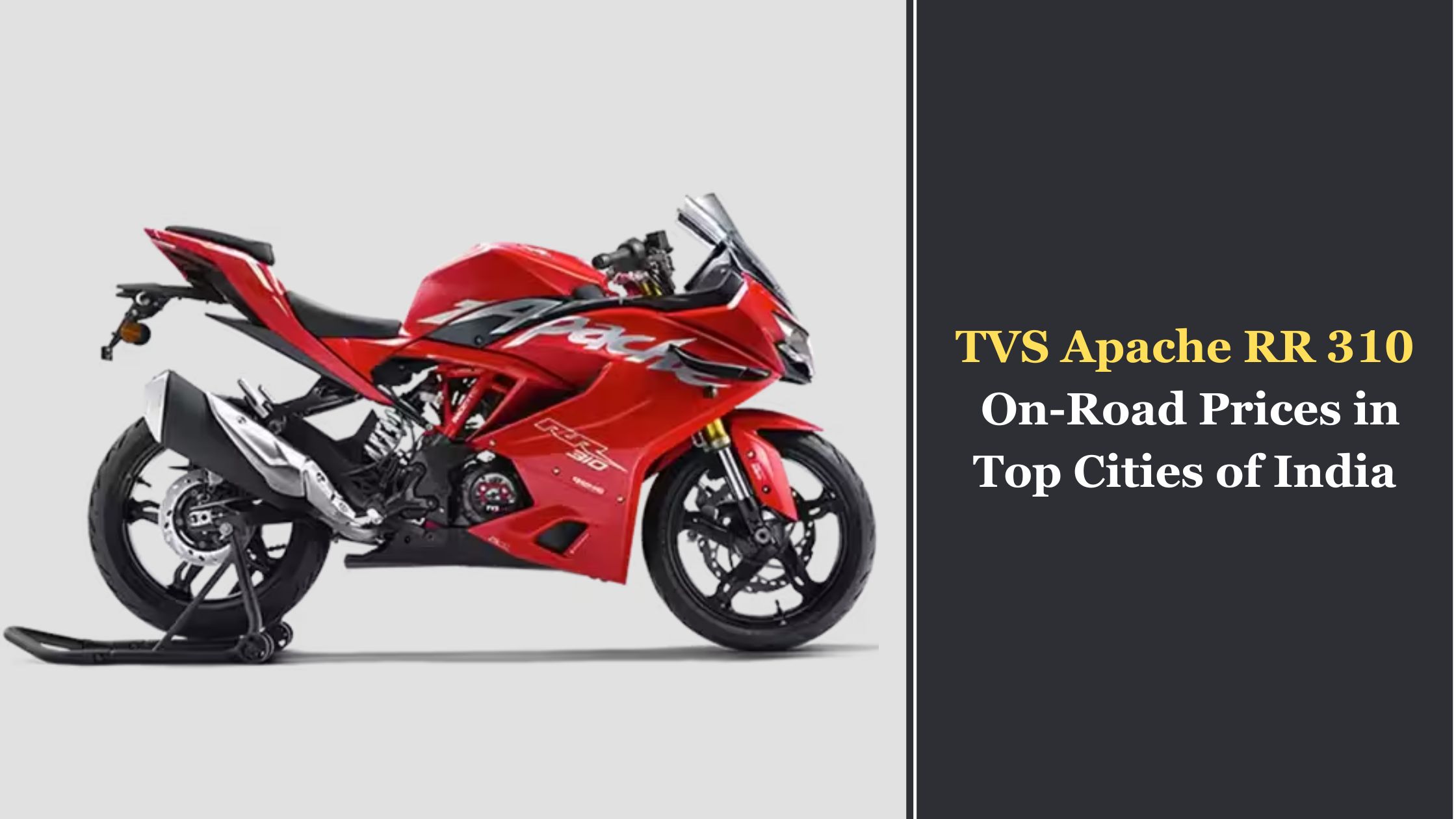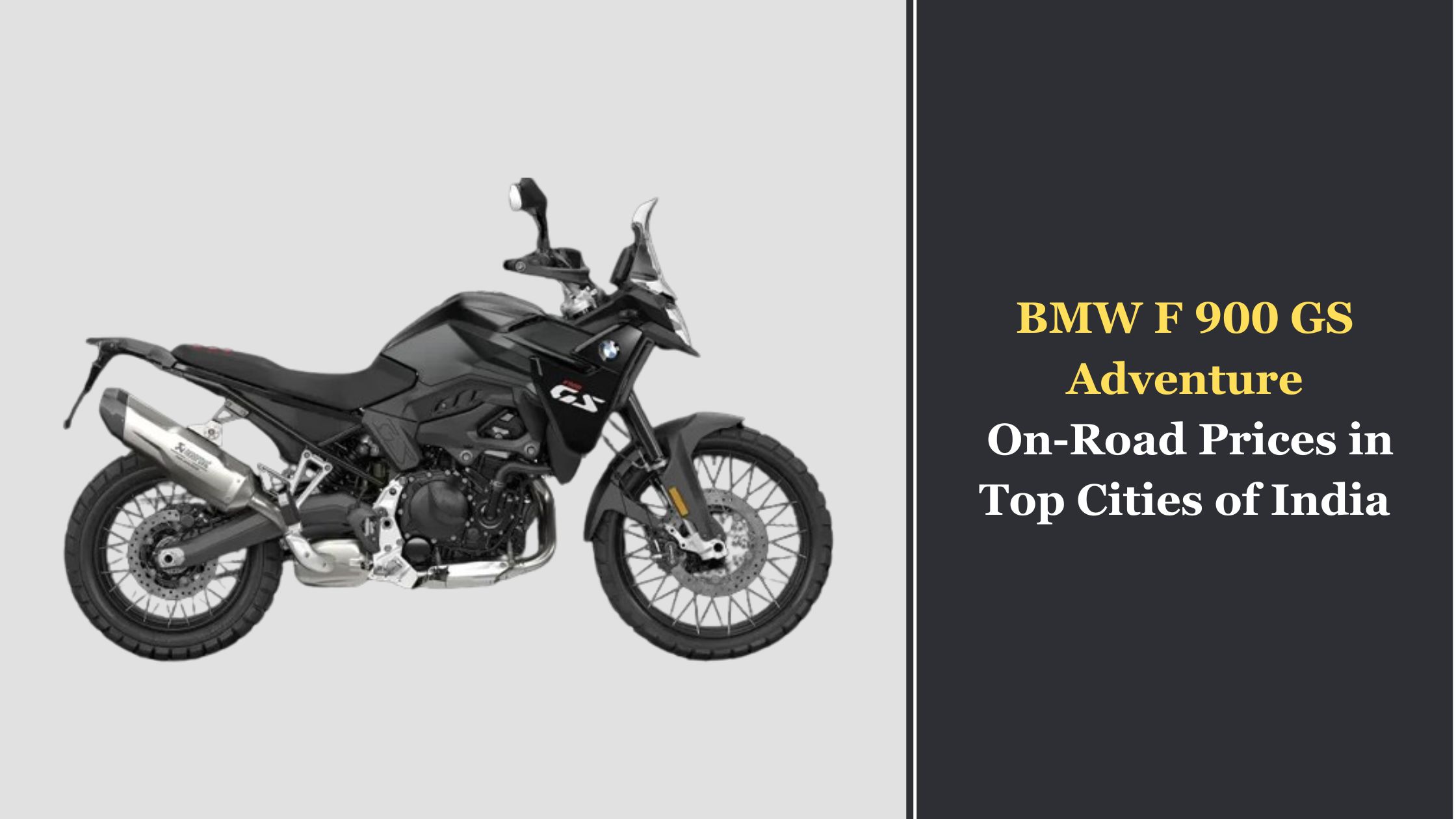
You enjoy riding. In a sense, you live to ride, to be correct. But how well-versed are you in the history of riding, despite your love and passion for everything related to it? I bet you’d be shocked to learn the history of the motorcycle and the modifications it has undergone over time.
The motorcycle’s inventors had no way of knowing when it would become famous or what kind of society it would inspire. They had no way of knowing that their creation would foster a family, a brotherhood, or a sisterhood that no other social group could imitate.
Just over 150 years have passed, yet the motorcycle is still having an impact. Let’s examine how everything came to be. You may be shocked!
Motorcycle History Timeline (Motorcycle Evolution)
⸺1867
The steam-powered, two-cylinder velocipede was developed and invented in 1867 by American Sylvester Howard Roper. In essence, this was an early bicycle, but more significantly, it was the first one driven by steam. I’d say yes because Roper’s design included two wheels and a coal-fired steam engine, which was quite sophisticated for its day, even though some might disagree.
⸺1881
A similar invention was made, albeit years later, by Arizonan Lucius Copeland. He reduced the steam boiler’s size and improved its speed to 12 mph, which was a significant accomplishment at the time.
⸺1885
Gottlieb Daimler and Wilhelm Mayback, two German partners, developed the first combustion engine that ran on gas in 1885. This was a milestone in the history of motorcycles since it was the first time a conventional bike and a gas engine could be combined. Nicolaus Otto, an engineer, assisted them in developing the world’s first four-stroke internal combustion engine in 1876. Later, Triumph Engineering, which would later become Triumph Motorcycles, was established in England.
Fun Fact: Gottlieb Daimler later tried his hand at the automobile industry; the business he founded was known as “Daimler Benz,” now Mercedes-Benz.
⸺1894
Hildebrand & Wolfmuller, a German business, established the first factory production line for these automobiles. Additionally, they called the vehicles “motorcycles” to make the name of their product more obvious.
⸺1895
Frenchman Dedion-Buton developed a revolutionary four-stroke engine in 1895, significantly increasing the number of bikes produced.
⸺1899
The first bikes in America were produced in 1899 by Charles H. Metz.
⸺1901
Indian Motorbike used the DeDion-designed Buton to make their first motorcycle in 1901, known as the “dawn” of motorcycles in America. As it turned out, the Indians created excellent automobiles, and their motorbikes dominated the global market until World War I.
⸺1903
William Harley founded the Harley-Davidson Motorcycle Company in 1903 with the help of his partners, Arthur and Walter Davidson. Although the company had initially planned to sell its bikes as transportation tools, its engine development proved to be swift, and it consistently won the competition. In Chicago, the first Harley-Davidson motorcycle would be distributed and bought.
⸺1914
As the First World War got underway, the American and European militaries started incorporating motorbikes into their army. This was a convenient way to transport communications to and from bases.
⸺1916
A shady inventor produced the Traub, the rarest motorcycle worldwide. The bike was equipped with unique technology that was unusually cutting-edge for its day. It was the only one made and unknown for over fifty years.
⸺1920s–1930s
The motorbike is well-accepted, and the sector sees a significant increase in sales. The American Motorcyclist Association was founded during this time, and well-known businesses like Moto Guzzi and BMW entered the industry.
⸺1937
Sally Robinson obtained her motorbike license in 1937, making her the first woman to do so.
⸺1940s
After the end of World War II, motorcycle sales in America and Europe soared. This was brought on by the enormous number of veterans who rode these vehicles throughout the war and were returning home. It turns out that these men were eager to obtain a bike of their own. At this time, the “cruiser” design also gained popularity.
⸺MID-1940S
After serving in World War II, American soldiers, particularly scouts and runners who had grown accustomed to riding motorcycles, returned home with love for two wheels. At this time, motorcycle clubs and brotherhoods started to grow, along with many common superstitions (such as the green motorcycle curse).
⸺1947
The Hollister Riots occurred in 1947 in Hollister, California, during an AMA-sponsored motorcycle event. Press attention was given to the occasion after more riders than anticipated attended. The press’ sensationalized stories about bikers seriously damaged their reputation, while the bikers themselves only slightly damaged the community.
⸺1951
the creation of the first motorbike prototype by the Austrian firm Kronreif & Trunkenpolz Mattighofen, now known simply as “KTM.”
⸺1952
Suzuki became the first motorcycle manufacturer in Japan, setting off a chain reaction that saw the production of high-caliber bikes all over the nation.
⸺1955
Honda and Yamaha also entered the market in 1955. They sought to demonstrate that their motorcycles could rival those made by Harley-Davidson and Indian Motorcycle, two of the most potent American motorcycle manufacturers.
⸺1960
Kawasaki debunked the “unlucky green” notion and introduced their first bike in 1960, setting the stage for future success in the racing world.
⸺1962
Honda and Grey Advertising collaborated on the “You Meet the Nicest People on a Honda” campaign, which helped dispel several myths about motorcycle riders.
⸺1965
Custom motorcycles with unique styles and paint jobs were incredibly popular.
⸺1969
Honda created headlines in the industry in 1969 when it produced the first “superbike,” a motorcycle with four cylinders.
⸺1970
When 5 million motorcycles were registered in the US in 1970; vehicle registrations reached an all-time high for the industry.
⸺1980
Honda and Kawasaki were the first manufacturers to display motorcycles equipped with electronic fuel injection. Later, many people would adopt this system as a standard.
⸺1990
The Baby Boomers picked up riding again, causing the motorcycle industry to enjoy a rise in sales. This prompted manufacturers like BMW, Ducati, Aprilia, and Triumph to return.
⸺1998
The introduction of “Victory,” Polaris’ entry into the fiercely competitive motorcycle market. The Lectra, the first electric motorcycle, was also created around this period.
⸺2009
The release of the ET-120 hybrid motorcycle by Eko Vehicle, which was primarily sold in India.
⸺2013
Polaris announced the revival of India, one of the original American motorcycle brands.
⸺2018
Harley Davidson announces the 2019 launch of the all-new electric bike LiveWire, staking its position in the electric motorbike market.
⸺2021
Harley Davidson breaks off their LiveWire electric motorcycle as a distinct brand from HD with its brand name.
CONCLUSION
There you have it, everyone! The significance of motorcycles and the biker lifestyle. Undoubtedly, the journey has been difficult, but it has also been filled with invention and tenacity. We are thankful for this because we would not be in the position we are in today without each of these individual accomplishments.



